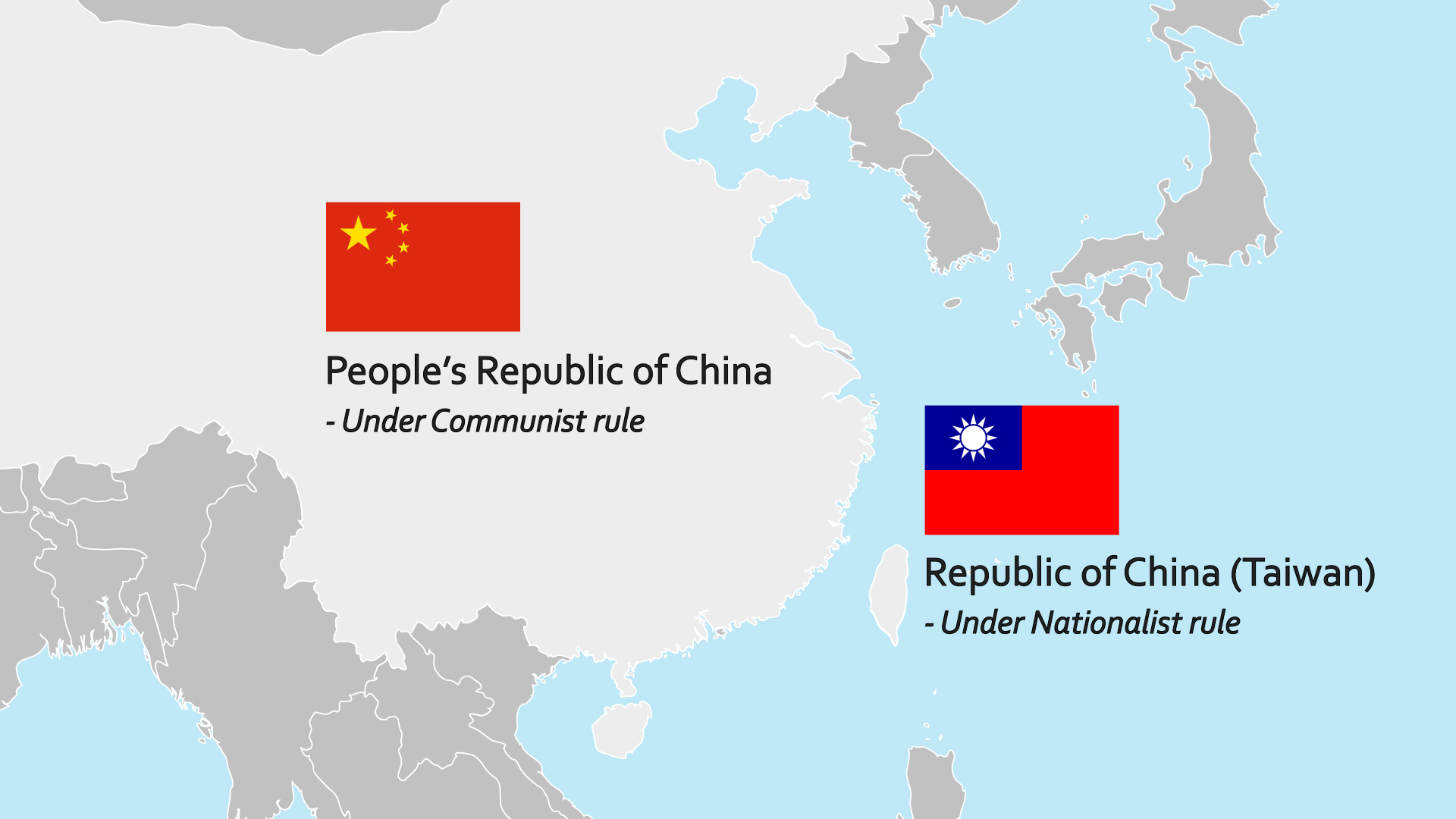by Martin Haffner Associate Editor
Taiwan Records Increased Military Activity with 8 Chinese Aircraft, 7 Vessels, and 2 Ships Near Its Territory
In a concerning development for regional stability, Taiwan’s defense ministry reported increased military activity near its airspace and maritime boundaries, with the detection of 8 Chinese aircraft, 7 naval vessels, and 2 ships. This uptick in Chinese military presence highlights ongoing tensions between Taiwan and the People’s Republic of China (PRC), which claims sovereignty over the self-governing island.
Increased Military Activity
According to the Taiwanese military, the detected Chinese aircraft included fighter jets and reconnaissance planes, which were tracked entering Taiwan’s air defense identification zone (ADIZ). The presence of these aircraft not only raises alarm bells for Taiwan’s defense but also acts as a reminder of the constant threat posed by mainland China.
Taiwan’s air force responded by scrambling jets to monitor the movements, a standard procedure aimed at assessing possible risks to national security. This particular incident is part of a greater pattern of increased Chinese military exercises and incursions, which have significantly escalated over the past few years.
Naval Presence
The report also detailed the sighting of 7 Chinese vessels, including warships, navigating in waters near Taiwan. The sighting of these ships occurs within the context of regular maritime patrols conducted by both Taiwanese and Chinese forces, highlighting the contested nature of the Taiwan Strait.
The presence of 2 additional Chinese ships further underscores the strategic calculations occurring between the two sides. The Taiwan Strait is a vital waterway for international shipping, and increased military activity in the area raises the stakes for potential confrontations.
Historical Context
Tensions between Taiwan and China have escalated since the 1949 Chinese Civil War, resulting in Taiwan operating as a separate entity, albeit without widespread international recognition as an independent state. In recent years, China has ramped up its military presence around the island, conducting numerous drills and sending military aircraft into Taiwan’s ADIZ with greater frequency.
The current administration in Taipei, led by President Tsai Ing-wen, has emphasized Taiwan’s sovereignty, prompting a robust response from Beijing, which views any move toward formal independence as a red line.
International Response
The United States, a key ally of Taiwan, has expressed concern over China’s military activities in the region. The U.S. has reiterated its commitment to supporting Taiwan through arms sales and military training, while also urging China to respect the status quo in the Taiwan Strait. International observers are closely monitoring these developments, recognizing the potential for miscalculation in such a volatile situation.
The recent incursions by Chinese aircraft and vessels near Taiwan highlight the persistent tensions in the region and the complexities that define cross-strait relations. As both sides continue to bolster their military capabilities, the prospect of miscommunication or miscalculation looms larger, emphasizing the need for dialogue and peacekeeping efforts. The international community remains watchful, recognizing that the stability of the Taiwan Strait is vital not only for regional security but also for global trade and international relations.
As Taiwan continues to navigate this delicate geopolitical landscape, the importance of vigilance and preparedness cannot be overstated. The island’s response to these incursions will be closely monitored, as it seeks to balance its defensive posture with the need for diplomatic engagement.



